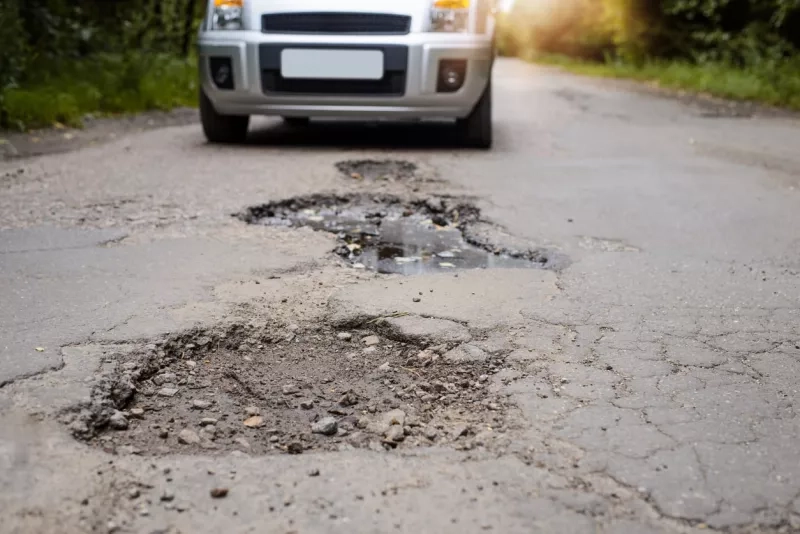
How do Ontario's worst roads affect you?
3 Minute Read
Are you worried about your safety as a cyclist or pedestrian? Have you been faced with car repairs due to hitting potholes? Ontario’s worst roads affect everyone, no matter how they move.
Whether you walk, drive, cycle, motorbike, or scoot down the road, reporting on crumbling infrastructure, potholes, poor sidewalks, and dangerous walkways is everyone’s responsibility. This year, CAA North and East Ontario is focusing on all road users, from cyclists and pedestrians to motorcyclists and e-scooter riders.
“Road quality affects everyone, no matter how they move. We know that although there are almost 13 million cars registered in Ontario, there are also millions more cyclists, scooter riders, motorcyclists, and pedestrians, all of whom struggle with potholes, crumbling shoulders, traffic congestion, unsafe intersections, uneven sidewalks,” says Jeff Walker, CEO and President of CAA North & East Ontario.
Recent research by CAA also shows that more than 80 per cent of Ontarians say poor road conditions such as cracks in pavement (89 per cent) and potholes (82 per cent) are still the most common issues in their neighbourhoods.
So, how do Ontario’s Worst Roads affect you?
Drivers
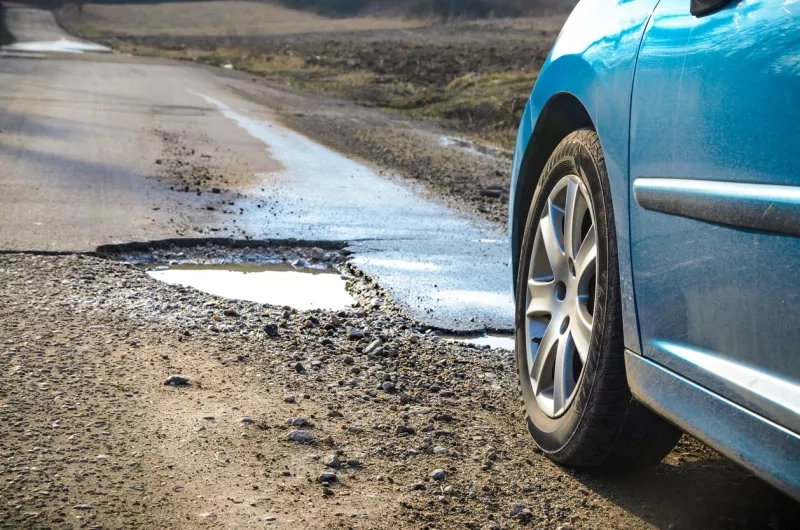
OgnjenO | iStock
Potholes, ruts, and bumps can cause lots of damage to your car. The damage to a vehicle caused by a pothole can range from $300, with some fixes topping $6,000 depending on the make and model of your car, CAA's research shows. Besides major damage, pavement filled with potholes and cracks causes wear and tear over time that can require extra maintenance. Those who drive on rough streets may need their breaks or tires replaced more frequently or have more issues with their alignment or suspension. With the cost of living on the rise, the last thing you need to worry about is pricey repairs to your car. Especially as people are holding on to their vehicles for longer, rough pavement can increase the cost of maintaining an older vehicle.
Beyond the wear on your car, bad road conditions can also cause emotional stress. Poor infrastructure and long repair times can lead to traffic delays, meaning drivers are not only worried about the wear and tear on their vehicles, but also about being late to appointments or work. Poor driving conditions affect more than just those in vehicles, meaning drivers must pay attention to pedestrians and cyclists. Potholes, cracks, and ruts mean more things to worry about while you get from point A to point B.
Pedestrians
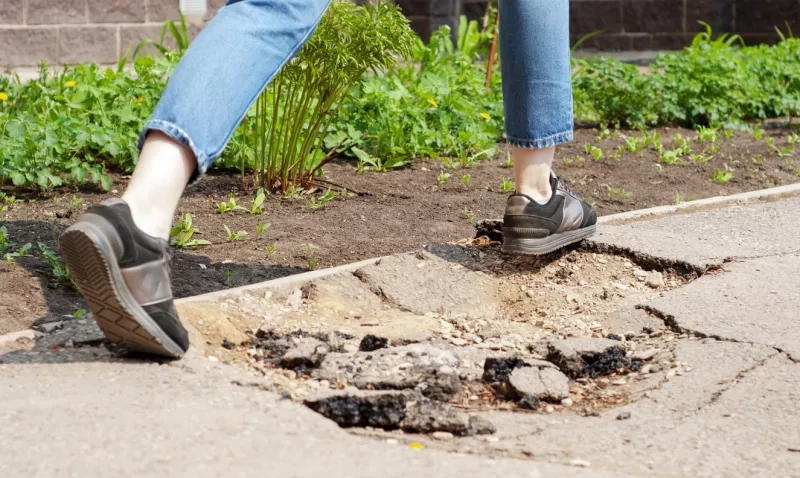
Lyubov Kulikova | iStock
Whether you love to run, get your steps in on your morning commute, or are escorting your kids to school, poor infrastructure also affects those who get around the city by foot. In fact, potholes and uneven sidewalks at intersections can put pedestrians at risk of injury from trips or falls.
Walkers must navigate more risks than potholes. Missing sidewalks and crosswalks endanger those who commute on foot, and so do poorly timed stop lights. For those with mobility aids, unsafe roads and poor infrastructure can make navigating the city unmanageable.
Motorcyclists
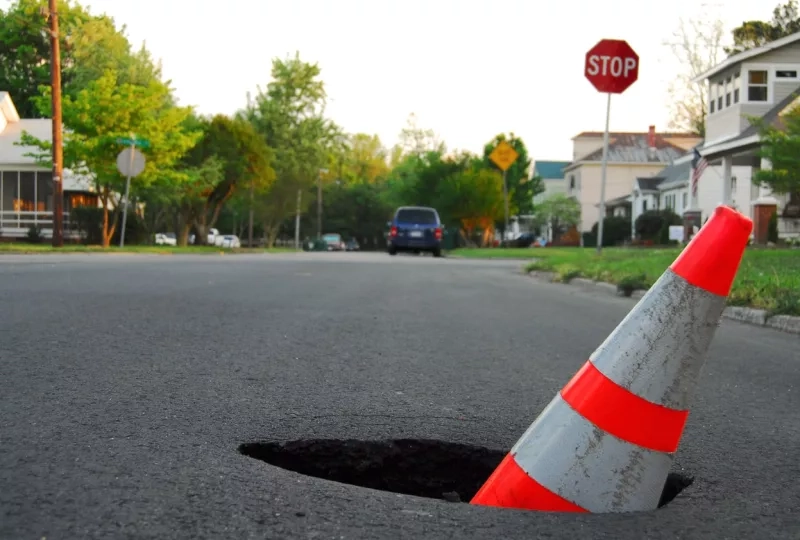
nojustice | iStock
If you prefer commuting on two wheels, you know that potholes and rough pavement can wreak havoc on your bike. Another big concern for motorcyclists is road ruts, which can be unpredictable in how they will affect a motorcycle, making the bike hard to control. Encountering a rut or pothole while a motorcycle is turning can cause the driver to lose control.
Cyclists
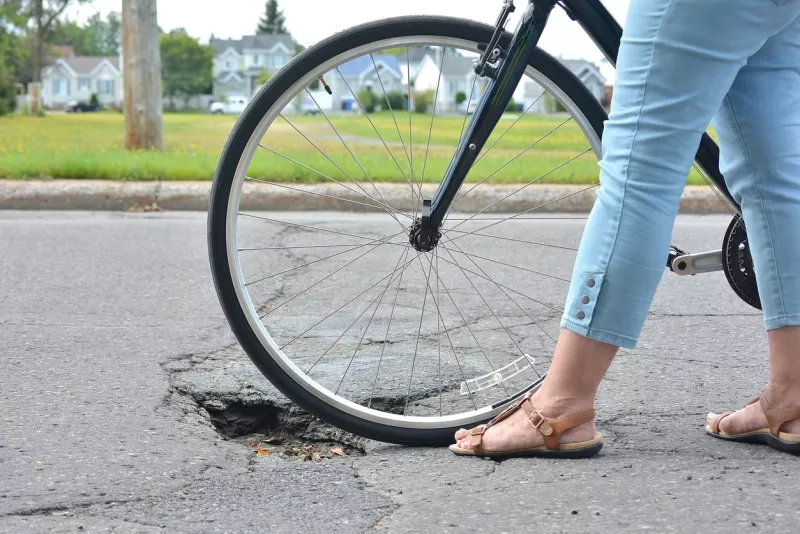
ziggy1 | iStock
Cycling and e-scooters can be a cost-effective and quick way to get around the city. That is when you're not moving over rough asphalt that can damage the wheels and frame overtime. Bad roads also affect cyclists physically. Cyclists absorb most of the shock from rough with their bodies and must adjust their positioning based on the road conditions. Over time, cyclists see wear and tear on their bikes but also on their bodies. Some individuals may find that riding on rough surfaces puts too much pressure on their joints or has led to an injury.
Further, rough cycling conditions can create a lot of vibrations felt through the hands. Over time, the vibrations can lead to nerve damage in the hands, dubbed Cyclist's Palsy. Plus, according to research at Edinburg Napier University, just 16 minutes of riding a bike on rough surfaces can lead to Hand-Arm Vibration Syndrome.

